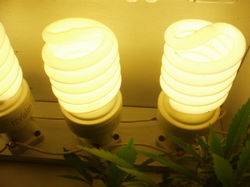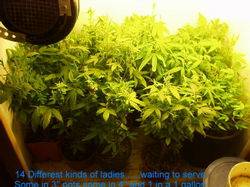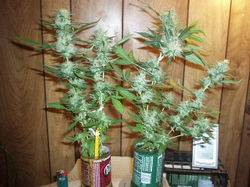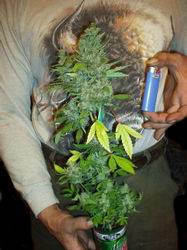Hi Mickey696, the risk is very low since the servers are hosted internationally. So the risk is the same as posting here on IC, really.
No personal information is required, where did you see this?
If you have any questions about MyBuds.co.za, feel free to ask me.
We need people like you to help our site 'grow' - c'mon!
No personal information is required, where did you see this?
If you have any questions about MyBuds.co.za, feel free to ask me.
We need people like you to help our site 'grow' - c'mon!










